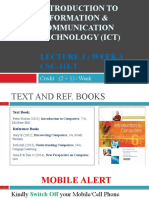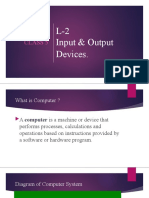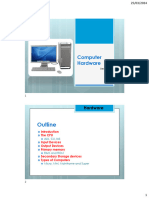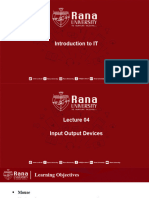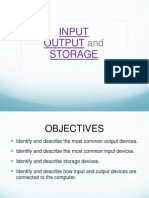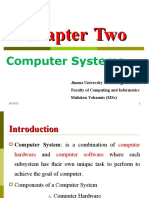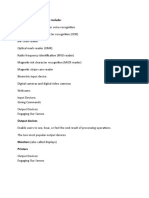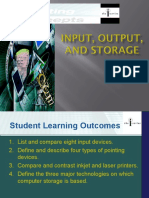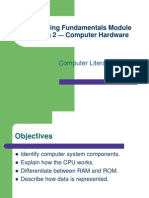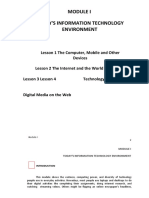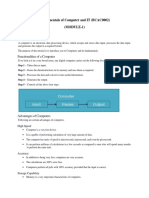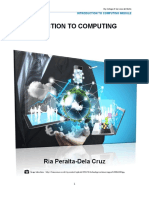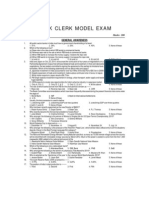0% found this document useful (0 votes)
11 views43 pages6 - Input Output and Storage
The document outlines the various types of input and output devices, including keyboards, pointing devices, and printers, along with their features and classifications. It also discusses storage devices, differentiating between primary and secondary storage, and introduces concepts like cloud storage and network storage. Additionally, it covers troubleshooting techniques and provides references for further reading.
Uploaded by
oogway904Copyright
© © All Rights Reserved
We take content rights seriously. If you suspect this is your content, claim it here.
Available Formats
Download as PDF, TXT or read online on Scribd
0% found this document useful (0 votes)
11 views43 pages6 - Input Output and Storage
The document outlines the various types of input and output devices, including keyboards, pointing devices, and printers, along with their features and classifications. It also discusses storage devices, differentiating between primary and secondary storage, and introduces concepts like cloud storage and network storage. Additionally, it covers troubleshooting techniques and provides references for further reading.
Uploaded by
oogway904Copyright
© © All Rights Reserved
We take content rights seriously. If you suspect this is your content, claim it here.
Available Formats
Download as PDF, TXT or read online on Scribd
/ 43













